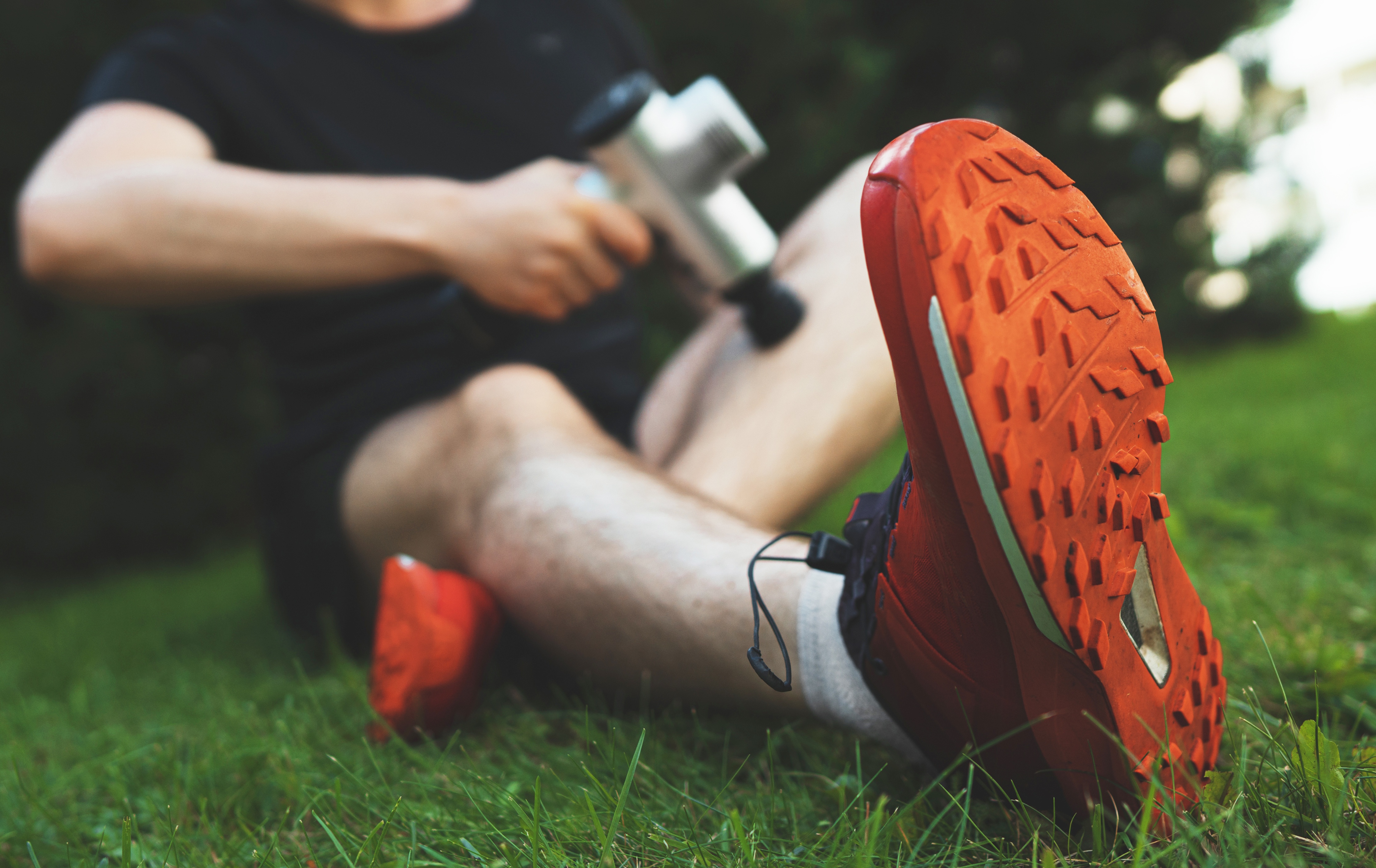Getting in a proper warmup before your workout is crucial if you want to avoid injury and maximize performance. Unfortunately, there are some bad warmup habits that exist out there that might be jeopardizing your health and safety.
We wanted to take a moment to highlight the common warmup mistakes we’ve seen over the years and offer you some solutions on how to get the most out your warmups, and your workouts!
Static Stretching
It might be surprising to see stretching as something that can negatively impact your workout; however, this this can certainly happen.
Static stretching is where you hold a certain position for an extended period of time to lengthen your muscles and improve flexibility. While static stretches can be great for short-term and long-term gains in flexibility, research continues to show that static stretching prior to working out can negatively affect muscular performance and increase your risk for injury.
Solution – Incorporate dynamic stretches into your routine instead. Unlike static stretching, dynamic stretches are active movements where you take your body through a functional range of motion. They allow you to work on your flexibility while getting the rest of your muscles engaged and active. Learn more about dynamic stretching here.
Spending Too Much Time with the Foam Roller or Percussive Device
While foam rollers and percussive devices, like our favorite Muscle Blaster Chrome, are an awesome way to increase blood flow and mobilize your tissues before a workout, too much exposure will temporarily desensitize your nerves and inhibit function. Your nerves are what contract and control your muscles, so if you reduce their sensitivity through constant stimulation, you will in turn reduce how effective your muscles can fire, leading to injury risks and performance losses.
Solution – Limit the duration of your foam roll or percussive device use to a maximum of 30-45 seconds per muscle group. Also, be sure to only apply light to moderate pressure to avoid further desensitization. If you are using these for your post-workout recovery, then you can spend more dedicated time focusing on promoting blood flow and reducing any tightness or soreness. As a warmup strategy though, a little goes a long way when it comes to foam rolling, percussive devices, and other self-massage methods.
Not Warming Up At All
“As a physical therapist, one of the biggest mistakes I see is people have no warmup at all, and then the beginning portion of their workout becomes their warmup. Oftentimes, I hear people say they have pain and tightness at first, but then things eventually start to feel better. That’s a huge sign that you aren’t warming up properly, which is increasing your risk for injury,” says Spooner therapist, Meredith Wall, PT, DPT, FAFS.
Solution – Don’t skip your warmup! It might be tempting to get right into your workout, especially if you’re short on time, but spending just a few minutes prepping your body for activity will save you a great deal of physical and mental stress in the long run.
Performing the Same Warmup Regardless of Your Activity
If your workouts are varied, your warmups should be as well! If you are focusing on upper body one day, and lower body another, it doesn’t make sense to incorporate the exact same warmup for both activities.
Solution –Think about the movements and demands of the activity you are about to perform. Modify your warmup so that it mimics those demands. Focusing on those movements and muscles beforehand will give your body a preview of what it to come and establish the appropriate motor patterns needed. As Meredith highlights, “Any bystander should be able to tell exactly what activities you’re preparing for by how you’re warming up.”
Going Out Too Hard
This is especially relevant for athletes getting ready for the game. The music’s rocking, the adrenaline is kicking in, and you start off your warmup at a blazing 80% of your max effort. While the enthusiasm is inspiring, you might be leaving yourself with an empty tank before the game even begins. An intense warmup will put a lot of extra stress on your muscles, joints, and cardiovascular system, which will put you at risk of injury and underperforming.
Solution – Gradually increase your intensity so your body can properly adjust to the work it’s about to perform. It’s okay to take a few reps at full speed, but slowly build to that point. Don’t come running out of the gates expecting to win the title based on your warmup. Be intentional, but not out of control.
Don’t let your warmup be the thing that holds you back! If you feel like you’re not getting the most out of your workouts because of an ineffective warmup or any physical limitations, Spooner is here to help you move better, feel better, and perform better! Schedule an appointment or complimentary assessment here.
References:
- Haddad, M., Dridi, A., Chtara, M., Chaouachi, A., Wong, D. P., Behm, D., & Chamari, K. (2013). STATIC STRETCHING CAN IMPAIR EXPLOSIVE PERFORMANCE FOR AT LEAST 24 HOURS. Journal of Strength and Conditioning Research, 140-146. https://pubmed.ncbi.nlm.nih.gov/23615481/
- Lowery, R. P., Joy, J. M., Brown, L. E., De Souza, E. O., Wistocki, D. R., Davis, G. S., . . . Wilson, J. M. (2013). EFFECTS OF STATIC STRETCHING ON 1-MILE UPHILL RUN PERFORMANCE. Journal of Strength and Conditioning Research, 161-167. https://pubmed.ncbi.nlm.nih.gov/23588487/
- Simic, L., Sarabon, N., & Markovic, G. (2012). Does pre-exercise static stretching inhibit maximal muscular performance? A meta-analytical review. Scandinavian Journal Of Medicine and Science In Sports, 131-148. https://pubmed.ncbi.nlm.nih.gov/22316148/
- Troumbley, Patrick, “Static Versus Dynamic Stretching Effect on Agility Performance” (2010). All Graduate Theses and Dissertations. 695. https://digitalcommons.usu.edu/etd/695

